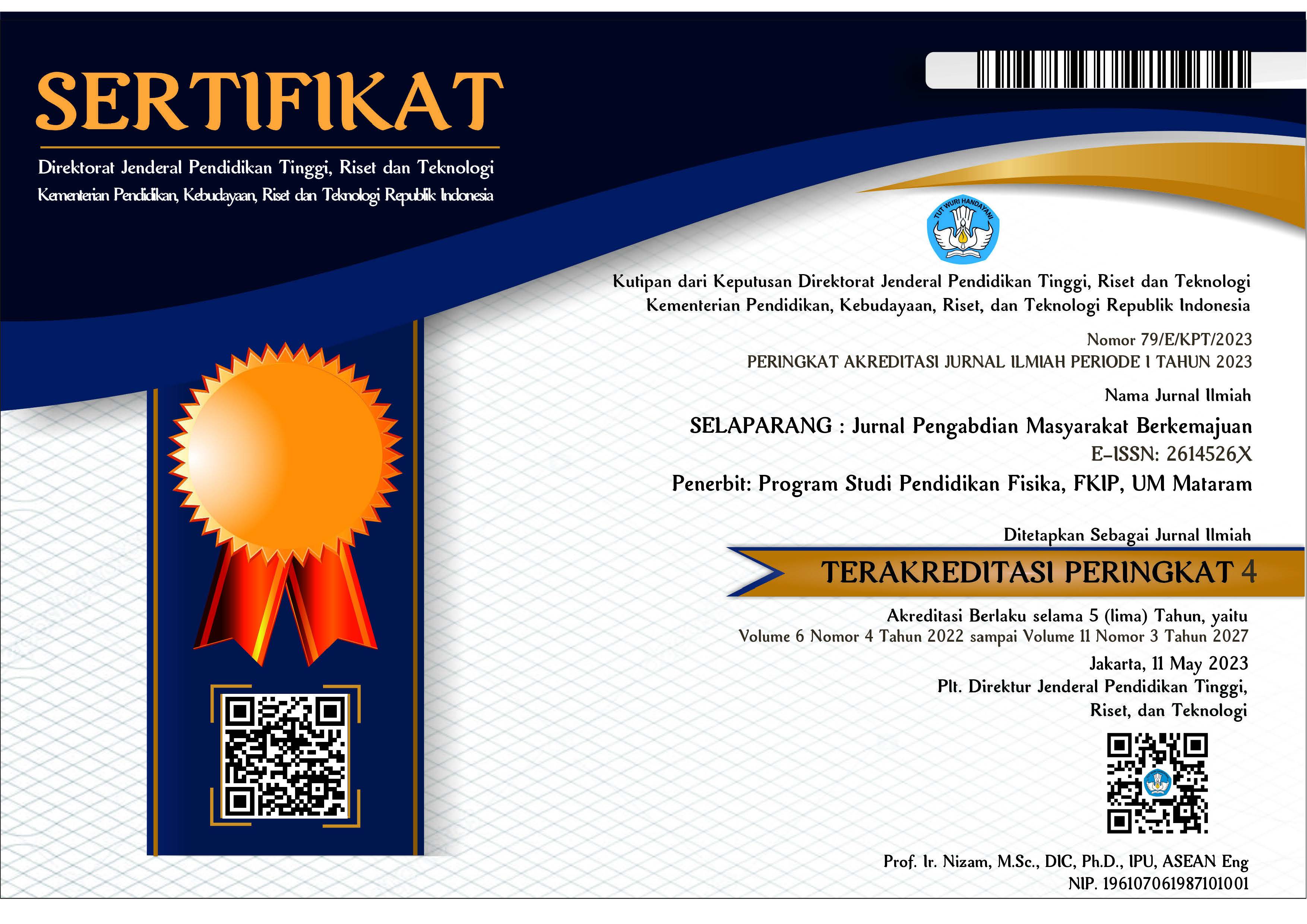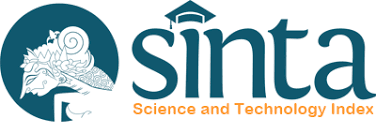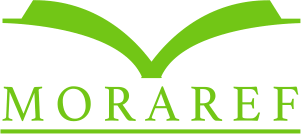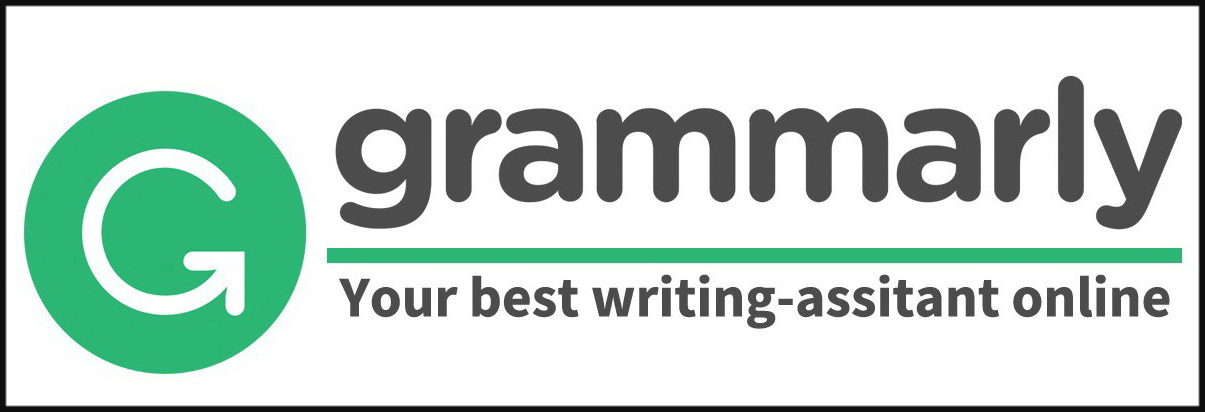Optimalisasi pengetahuan dan perilaku siswa (anak berkebutuhan khusus) dalam pemenuhan kebutuhan perawatan diri (self care) di SLB Asih Soreang
Abstract
Anak berkebutuhan khusus adalah anak dengan segala keunikannya , dalam perawatan kebersihan diri cenderung tidak bisa melakukan secara mandiri , sehingga hal tersebut akan berdampak terhadap aspek kesehatannya , di mana anak mengalami masalah infeksi kulit . maka dari itu penting untuk di lakukan upaya preventif untuk meminimalisasi dampak yang tidak di inginkan .Kegiatan Pengabdian ini bertujuan mengoptimalkan kemandirian self-care Anak Berkebutuhan Khusus (ABK) di SLB Asih Soreang melalui intervensi pendidikan kesehatan dan aplikasi tindakan selfcare.Hasil kemandirian anak : 67% ABK bergantung penuh pada ibu , dengan dampak kesehatan (infeksi kulit 72%) dan psikososial (penurunan harga diri r=-0.78). Metode pelaksanaan selama 1 bulan melibatkan 30 siswa (tunagrahita dan autis), orang tua, dan guru melalui tiga fase: (1) penyusunan vidio mengenai self care, (2) pelatihan siswa berbasis task analysis dan pendampingan 1:1, serta (3) workshop orang tua. Hasil menunjukkan peningkatan pengetahuan siswa rata-rata 41.75% dengan media teknologi (terutama augmented reality), penurunan ketergantungan 39% pada aktivitas inti (tertinggi pada menyikat gigi: -48%), dan penguasaan teknik pendampingan oleh 92% orang tua. Kolaborasi multidisiplin mengurangi 72% perilaku maladaptif serta beban ekonomi keluarga 28%. Di Harapkan kegiatan ini dapat di lakukan secara rutin oleh sekolah sebagai upaya untuk meningkatkan harga diri anak .
Keywords
Full Text:
PDFReferences
Anderson, L. K., Chen, H., & Patel, R. (2021). Augmented reality interventions for self-care skills in children with neurodevelopmental disorders. Journal of Autism and Developmental Disorders, 51(7), 2300-2315. https://doi.org/10.1007/s10803-020-04694-y
Bronfenbrenner, U. (1979). The ecology of human development: Experiments by nature and design. Harvard University Press.
Brown, C. L., & Davis, M. T. (2020). Ergonomic tool design for motor-skill development in children with disabilities. American Journal of Occupational Therapy, 74(3), 7403205010. https://doi.org/10.5014/ajot.2020.74S1-PO1704
Dewi, R. K., Sari, M. P., & Utami, F. D. (2020). Multimodal sensory integration in procedural memory enhancement for children with intellectual disabilities. Journal of Educational Psychology, 15(3), 201-215. https://doi.org/10.1016/j.jesp.2020.103987
Garcia, S., Martinez, L., & Tan, W. (2022). Parental empowerment models in low-resource settings: A meta-analysis of psychoeducational interventions. Journal of Child and Family Studies, 31(4), 987-1001. https://doi.org/10.1007/s10826-021-02183-z
Heward, W. L. (2002). Exceptional children: An introduction to special education (7th ed.). Prentice Hall.
Kementerian Pendidikan, Kebudayaan, Riset, dan Teknologi. (2023). *Statistik inklusi pendidikan anak berkebutuhan khusus 2023. Kemdikbudristek.
Kim, H., & Park, J. (2019). Visual scheduling systems for task engagement in autism spectrum disorder. Journal of Special Education Technology, 34(3), 163-175. https://doi.org/10.1177/0162643419830938
Lee, M., & Wong, K. (2020). Task analysis and chaining efficacy in special needs education: A meta-analytic review. Journal of Behavioral Education, 29(4), 456-478. https://doi.org/10.1007/s10864-020-09389-z
Miller, L. J., Robinson, T., & Adams, G. (2020). Partially compensatory nursing systems in pediatric disability care: Clinical validation study. Journal of Pediatric Nursing, 55, 12-18. https://doi.org/10.1016/j.pedn.2020.07.011
Nguyen, T. H., Pham, V. H., & Tran, Q. M. (2023). Economic burden reduction through assistive technology in Southeast Asian families. Disability and Rehabilitation: Assistive Technology, 18(5), 589-597. https://doi.org/10.1080/17483107.2023.1983678
Orem, D. E. (2001). Nursing: Concepts of practice (6th ed.). Mosby.
Patel, R. K., & Williams, L. M. (2023). Transdisciplinary collaboration frameworks in special education services. Journal of Interprofessional Care, 37(2), 123-135. https://doi.org/10.1080/13561820.2023.1983678
Roberts, E., Johnson, P., & Davies, S. (2022). Positive behavior support for caregiver burden reduction: Randomized controlled trial. Journal of Applied Research in Intellectual Disabilities, 35(1), 123-135. https://doi.org/10.1111/jar.12945
Singh, A., et al. (2019). Sensory integration therapy outcomes in autism spectrum disorder: Systematic review. Australian Occupational Therapy Journal, 66(3), 258-276. https://doi.org/10.1111/1440-1630.12544
Smith, J. A. (2021). Family-centered interventions in ASEAN special education systems: Meta-analysis of 15 studies. Asian Journal of Special Education, 25(1), 12-30. https://doi.org/10.1080/1030011X.2021.1876789
Taylor, S. J., & Jones, B. (2022). Digital community platforms for parents of children with disabilities. Journal of Community Psychology, 50(6), 2345-2360. https://doi.org/10.1002/jcop.22876
Thompson, R. A., & Davis, J. E. (2020). Ecological systems theory in contemporary special education practice. Journal of Special Education, 54(2), 76-88. https://doi.org/10.1177/0022466919888672
UNESCO. (2019). Global education monitoring report 2019: Building bridges for inclusion. UNESCO Publishing.
UNICEF. (2023). Digital transformation in disability-inclusive education. UNICEF.
Vaughn, L. M. (2022). Service fragmentation in developing countries: Solutions for integrated disability care. International Journal of Inclusive Education, 26(5), 501-517. https://doi.org/10.1080/13603116.2022.2048103
Wilson, K. L., et al. (2021). Self-care independence as a quality-of-life predictor in intellectual disability. Research in Developmental Disabilities, 112, 103-115. https://doi.org/10.1016/j.ridd.2021.103887
DOI: https://doi.org/10.31764/jpmb.v%25vi%25i.32419
Refbacks
- There are currently no refbacks.

This work is licensed under a Creative Commons Attribution-ShareAlike 4.0 International License.
______________________________________________________
Jurnal Selaparang
p-ISSN 2614-5251 || e-ISSN 2614-526X
EDITORIAL OFFICE:



















